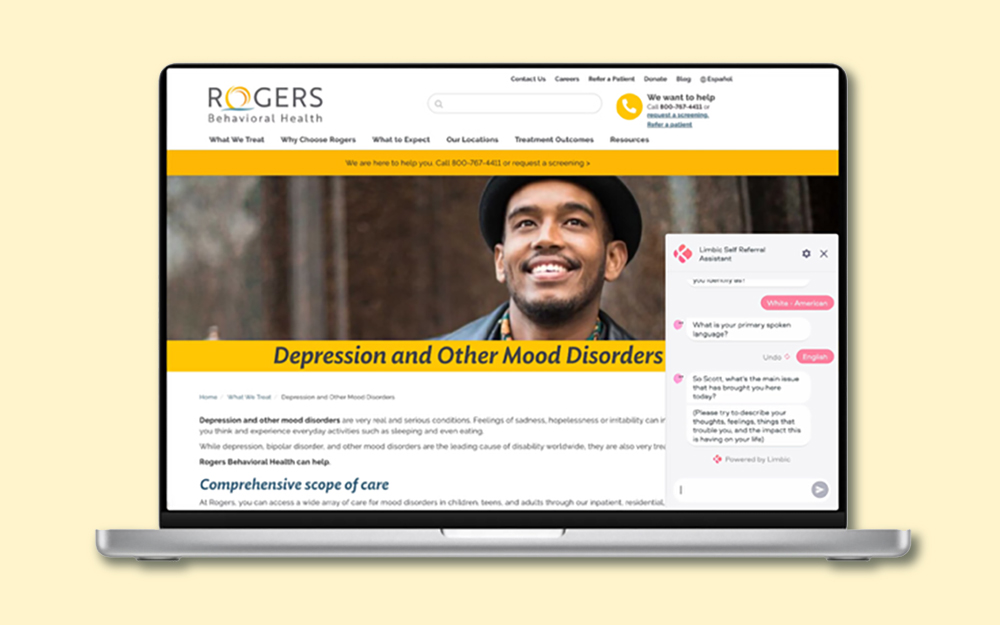
Rogers system develops measures of success
02/20/17 05:07:amAs Rogers Behavioral Health seeks to provide high-quality treatment in a positive environment, it’s important to define how we’ll know if we’re successful.
“Measuring performance with clear metrics helps us as an organization to stay focused on achieving our goals,” says Pat Hammer, system president and CEO. “Behavioral healthcare is evolving, and we are compelled to hold ourselves accountable to measurable outcomes,” added Pat.
The Rogers system recently adopted the following performance measures:
- Clinical effectiveness as measured by the CGI Score, the clinician-rated assessment of patient severity upon admission and assessment of improvement at time of discharge
- Patient satisfaction as measured by likelihood to recommend question on Press Ganey surveys
- Employee engagement as measured by employee satisfaction survey results.
- Patient days of service, which demonstrates our ability to reach and help more patients
- Financial performance as measured by revenue minus expenses
In future editions of Rogers Insight, you can expect updates on how we’re doing on these measures of success. This year will serve as a baseline for many of the measures. In this edition, you can learn more about our financial performance.
Financial Performance
It’s important for Rogers to be financially healthy so that we can:
- Bring our life-saving treatment to more patients (increase access to care with new locations and programs)
- Hire, train and motivate the best employees because employees are critical to quality patient care.
- Provide more care to those who can’t afford it through patient care grants
That’s why we want to help you, employees and Medical Staff, to stay informed on how we’re doing from a financial perspective. Here’s a look at the metrics for Rogers’ first quarter (Q1= August 1 – October 31, 2016) compared to expectations and the same period of last year.



This strong performance is the result of many factors, but the two biggest areas of growth include:
- Residential services including Depression and Mood Disorders, OCD and Anxiety, and Child and Adolescent saw 15% growth over last year.
- Outpatient services (PHP/IOP) experienced 25% growth as Tampa, Chicago, and Nashville posted strong gains and Appleton and Minneapolis locations opened.
This information will be shared with you on a quarterly basis. Please let us know if this is useful and whether you would like additional information related to Rogers locations, levels of care, and/or service lines. Email feedback to RogersNews@rogersbh.org..





